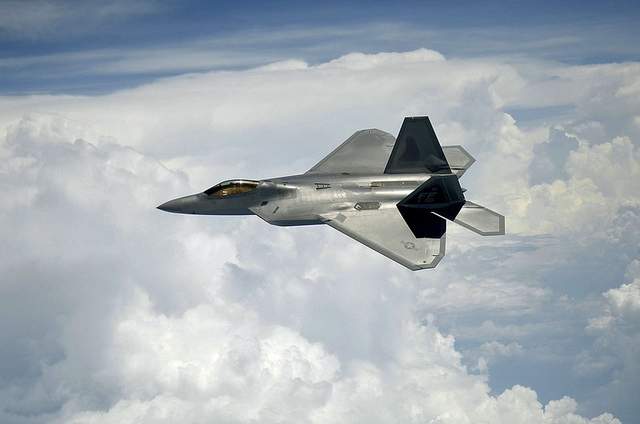US Air Force (USAF) pilots flying the F-22 Raptor have been known to experience symptoms of hypoxia while operating the aircraft.
Hypoxia is typically caused by a lack of oxygen and is characterized by confusion or difficulty breathing. Previously, the Air Force grounded its entire F-22 fleet while investigating the potential causes of the hypoxia-like symptoms, with some pilots going so far as to say they are uncomfortable flying the aircraft.

After an official investigation found no specific problems with the aircraft, the fleet was returned to the air without any concrete fixes. However, the Air Force now believes it may have found something that is contributing to the hypoxia-like symptoms in some pilots. Surprisingly, the discovery isn’t directly related to the Raptor’s systems.
Rather, the Air Force has determined that pressurized vests worn by F-22 pilots to help protect them from high G forces are equipped with a faulty valve. The faulty valve in question connects the vest to the aircraft’s oxygen generation system. A defect in the valve allowed the vests to remain pressurized, even at low altitudes, effectively restricting the pilot’s breathing.
“It restricts his breathing, it restricts his ability to do normal inhalation and exhalation. … The pressurization schedule in the F-22 inflates prematurely, so we removed this,” Maj. Gen. Charles Lyon explained at a recent Pentagon briefing.
Despite the recent discovery of the faulty valve and the fact the DoD believes it could be a contributing factor to the hypoxia-like symptoms, the Pentagon claims it had nothing to do with the fatal F-22 crash that killed pilot Capt. Jeff Haney in November of 2010. Nevertheless, F-22 pilots have been ordered to stop using the pressure vests until the faulty valves can be replaced.






